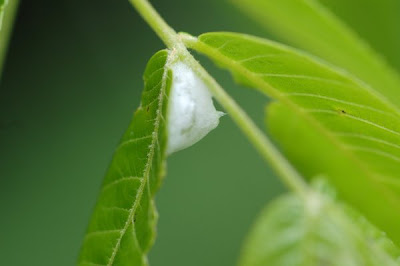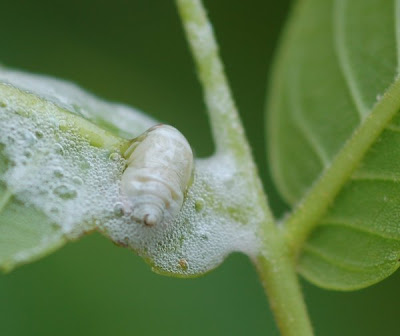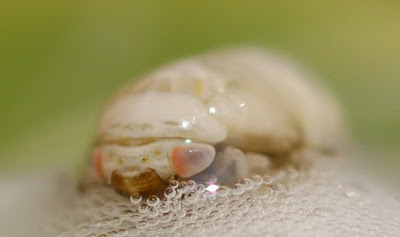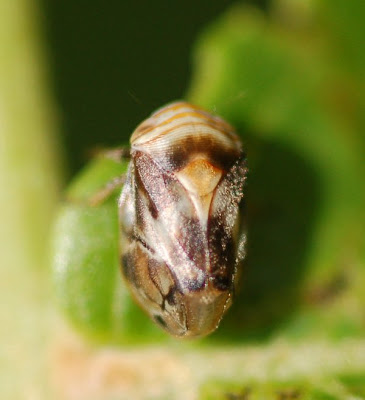
There was much hemipteran activity on the black walnut trees earlier this summer. Yesterday's assassin bug was a casual visitor, hunting for arthropod prey, but these spittlebugs (family Cercopidae) may be host-plant specific to black walnut, and related trees. First, the "spittle;"

then the nymph in the spit,

(Doesn't he look a bit like a cicada?)

and finally, the adult cercopid.
1 comment:
I have to confess I've never delved into a spittlebug's spittle, but now I'll keep that in mind as a possibility.
That nymph shot is fascinating.
Post a Comment